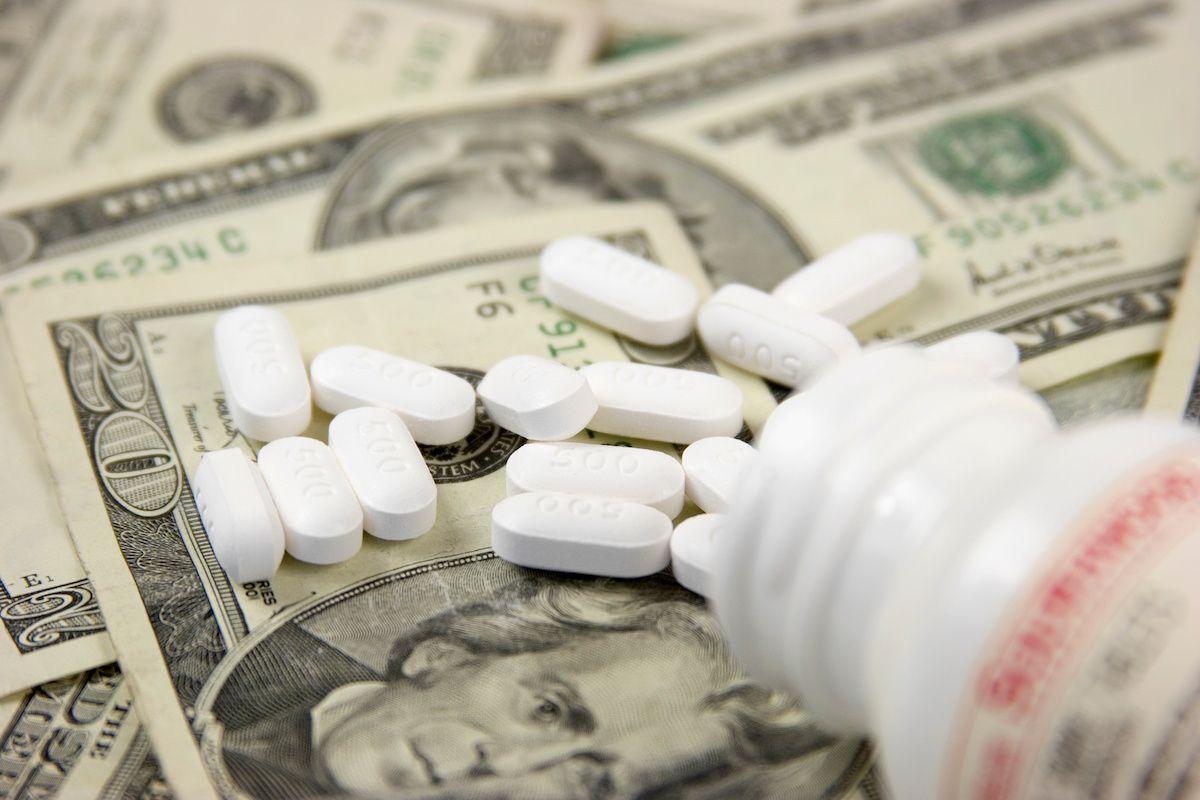News
Article
More than 1 million recipients could benefit from Medicare Part D out-of-pocket cost limit
Author(s):
Study examines how many people will save money due to change in national law.
© Jason Stitt - stock.adobe.com

More than 1 million Medicare beneficiaries are expected to benefit from the Inflation Reduction Act’s Part D out-of-pocket cost cap, according to an analysis from KFF. The cap, which will go into effect in 2025, is indexed annually to the rate of change in Part D costs. This is on top of a change that went into effect this year that eliminates the 5% coinsurance in the catastrophic phase of the Part D benefit.
The KFF analysis looked at out-of-pocket drug spending in 2021 and the impact of the IRA’s spending cap if it had been in place that year. They found that if the cap been in place in 2021, 1.5 million Medicare beneficiaries would have benefited. Of the total 1.5 million, 68% spent between $2,000 and $3,000 out of pocket. But 20% spent between $3,000 and $5,000, and 12% spent more than $5,000 in out-of-pocket drug costs.
In six states — New York, Pennsylvania, Ohio, Illinois, North Carolina, and New Jersey — between 50,000 and 82,000 beneficiaries spent more than $2,000 out-of-pocket for prescription drugs in 2021. In California, Florida, and Texas, more than 100,000 Part D enrollees exceeded $2,000 in spending on prescription drugs.
Related: KFF: 82% of Adults Say Prescription Drug Costs are Unreasonable
In a poll that KFF conducted last year, 73% of Americans said not enough is being done by the government to limit drug prices. Among Democrats, 82% support limiting prices; among Republicans, 67% support limiting prices.
In this poll, 37% of respondents said they have difficulty affording their prescriptions, compared with 18% who currently take three or fewer prescription medications. Those with household incomes of than the $40,000 are more likely to report difficulty affording medications.
Additionally, 31% adults report not taking their medicines as prescribed at some point in the past year because of the cost. This includes 21% who report they have not filled a prescription or took an over-the counter drug instead, and 12% who say they have cut pills in half or skipped a dose because of the cost.
At the same time, however, a report by HealthView Services has found an increase in premiums for Medicare Part D prescription drug plans in California, Florida, New York, Pennsylvania and Texas for 2024 of between 42% and 57%.
For about 25% of retirees, higher premiums will be offset by the potential for lower out-of-pocket costs for drugs. “The 25% of retirees with out-of-pocket expenses higher than the new $2,000 cap may well realize savings on their out-of-pocket costs for medications as a result of these changes” Ron Mastrogiovanni, founder and CEO of HealthView Services, said in a press release. “With increased cost sharing and price controls on drugs over the remainder of the decade, while everyone will experience higher premiums, many will benefit from a lower rate of increase in out-of-pocket expenses than would otherwise have been the case.”





